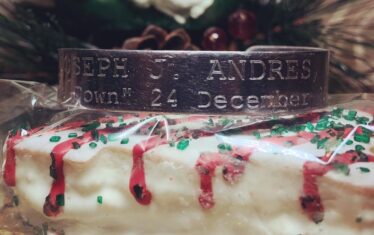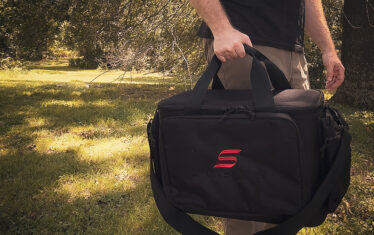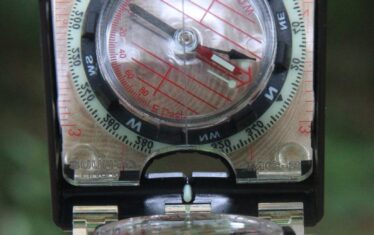The history of shotguns is deeply connected to warfare. Early Chinese ‘firearms,’ called fire lances, used gunpowder to propel shrapnel made from porcelain and iron pellets. These proto-shotguns were the first in a long line of combat shotguns.
Today, we will explore the history of combat shotguns by examining some of the most famous examples over time.
The Blunderbuss
Besides the fire lance, one of the most famous early examples of combat shotguns is the blunderbuss. A blunderbuss featured a smooth barrel and came in both stocked and pistol-style formats.

These guns famously feature massively open bores with a flared muzzle, giving them a distinctive, almost cartoonish look. That flared barrel made it quicker to reload and easier to fit a wide variety of different types of shot down the barrel. The flared barrel also helped produce a wider spread to help increase the ability to hit the target.
Blunderbuss guns were much shorter than muskets of the time and were easier to use on horseback or when boarding ships due to the fast-moving nature of the conflict and close-quarters fighting. A big wad of shot fired from this early combat shotgun helped make hits possible. Certainly, this was an important aspect in combat when reloads were rather slow and clumsy.
Buck and Ball
Americans didn’t invent buck and ball, but we dang-sure made good use of it when fighting the red coats. Buck and ball isn’t necessarily a combat shotgun, but a type of load that often made use of shotgun principles. It was a musket load that used a large central projectile backed by numerous smaller pellets of buckshot.
The idea was simple. The big projectile was fired like every other musket of the time. However, the pellets that followed increased the chances of a hit and potential injury. This allowed American forces to inflict more casualties per shot with their muskets.
The buck and ball loadings remained popular for over a century, and by 1840 buck and ball paper cartridges were common. They saw use up into the American Civil War and only really stopped being useful when rifling became common.
The Coach Gun
Near the beginning of the Civil War, the coach gun first appeared. Coach guns were dedicated combat shotguns that featured a double-barrel design.
Double-barrel sporting shotguns were plenty popular at the time, and coach guns were simply those guns with barrels between 18 to 24 inches.
Coach guns gained their name from their use by Wells Fargo in protecting coaches and wagons from highwaymen. These shotguns made it easy to hit moving targets from a moving platform and were small enough to be quickly maneuvered. They were also decisive firearms that ended fights fast.
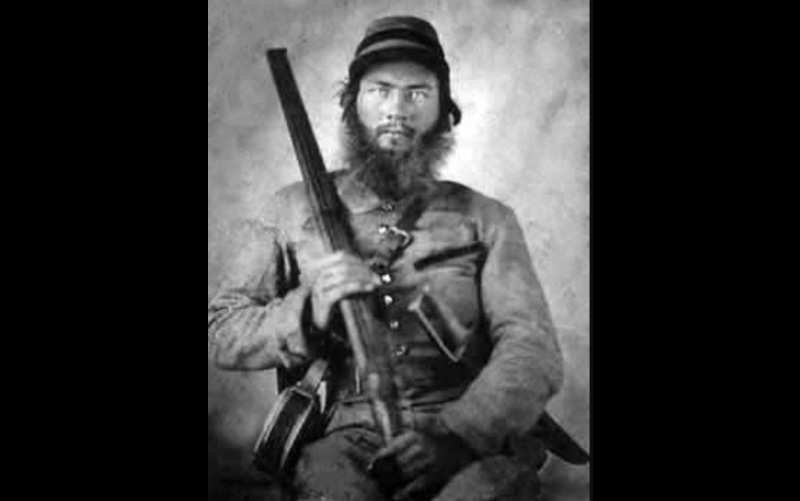
They were used by cavalrymen in the Civil War for the same reasons and were notable for their success in the modern Cavalry charge. You’d probably think after the invention of repeating shotguns that the coach gun’s days were limited. However, the NYPD issued shortened double barrels up into the 1970s for detectives, even after the NYPD moved to the Ithaca 37.
Riot Guns
Short-barrel shotguns designed for police and military use were called riot guns. John Browning created the first successful pump-action shotgun in the form of the 1897, and its adoption by the Army and Marine Corps cemented it as a combat shotgun. The Marines used it to great effect in the Philippines insurrection and the Army used it in tracking down Pancho Villa.

Riot guns slowly became common police firearms and were generally defined as being 12 or 10-gauge repeating shotguns with barrels between 18 and 20 inches long. They offered compact firepower before the days of submachine guns and could be used effectively in jungle and urban environments.
Trench Guns
Following in the footsteps of the riot gun is the trench gun. Most trench guns were riot guns with a few modifications.
Trench guns gained their name from their use inside the trenches of World War 1. America brought shotguns and dressed them up for the task of fighting in trenches.
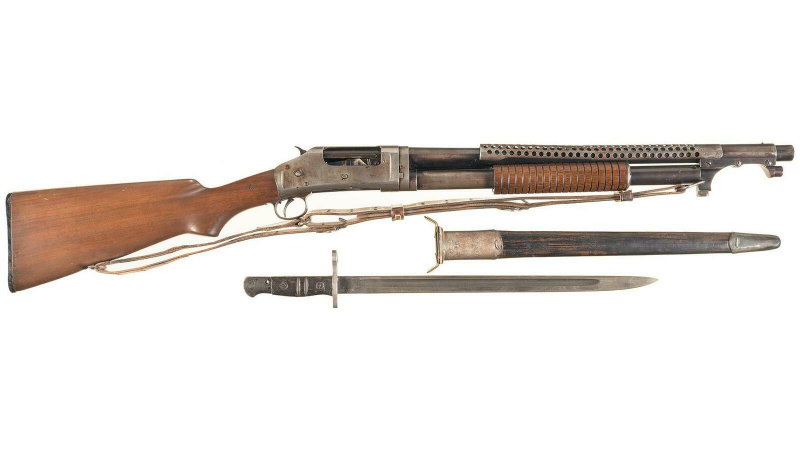
The modifications included bayonet mounts and heat shields. This allowed the guns to be very effective melee guns in the close quarters of the trenches. The trench gun is likely one of the most popular examples of combat shotguns. The most famous being the M1897 trench gun, but the Winchester Model 12 and Remington 1910 served as well.
These guns remained in service and later would include guns like the Ithaca 37 once WW2 kicked off. In the Pacific, they became quite handy in the jungles where visibility was limited, and fights were often close and vicious. This remained true as a lot of these guns continued to see combat in Korea and Vietnam as well.
Assault Shotguns
Assault shotguns were an evolution of combat shotguns that really went nowhere. There was a rush of these guns in the 1970s and beyond that attempted to bring selective-fire function to the shotgun.
Programs like the CAWS brought HK and AAI to the ground floor of select fire shotguns. Guns like the AA-12 have remained kicking but gone nowhere. Assault shotguns just didn’t have a niche and saw very limited adoption and use.
Breaching Guns
Breaching guns are what you get when you turn combat shotguns into tools. Admittedly it’s a popular niche for these firearms. The big smooth bore allows for the safe use of breaching rounds. This allows an individual to take down a door without the need for explosives or heavy breaching tools.
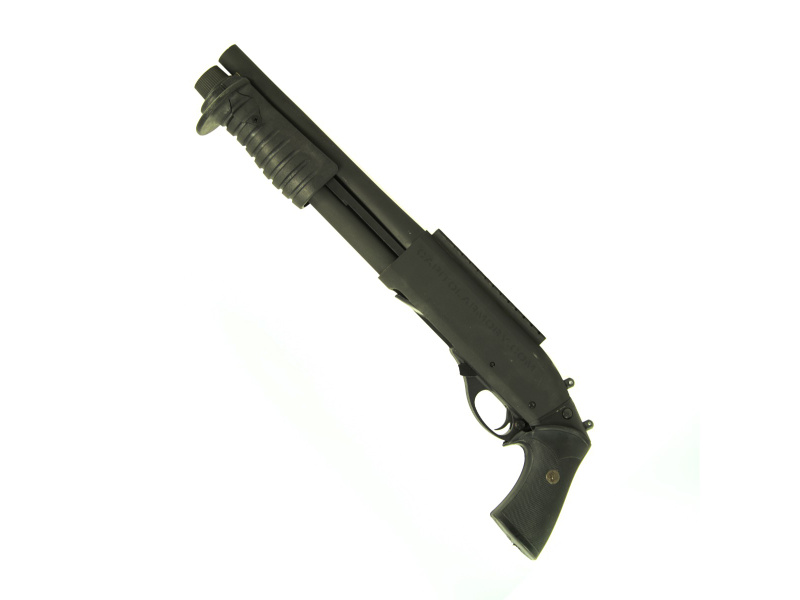
A lot of shotgun use has been regulated to breaching tasks as the carbine has become the chosen do-it-all gun. Breaching shotguns are most often standard pump actions loaded with breaching rounds. Guns like the 870 MCS offer a breaching configuration that allows for a very small, pistol grip-only breaching gun, which is less cumbersome and just as effective.
Modern Combat Shotguns
What does the modern combat shotgun look like? Well, some are not too different than what you picture as a riot gun. They are shorter barreled repeating shotguns in 12 gauge, most often pump actions like the Remington 870 and Mossberg 590.
Although semi-auto shotguns have taken a large part of the combat shotgun cake, guns like the Benelli M4 and Beretta 1301 are widely considered the best combat shotguns. Accessories and modularity really define the modern combat shotgun. Lights, optics, and ghost ring sights make the gun more effective and easier to use in a variety of environments.
Combat shotguns are certainly more niche with modern warfare, but stand ready should we return to the ditches and trenches, jungles and cities. Hell, the French chose the Benelli Supernova for dealing with commercial-grade drones, so maybe the age of the shotgun will just keep evolving.






